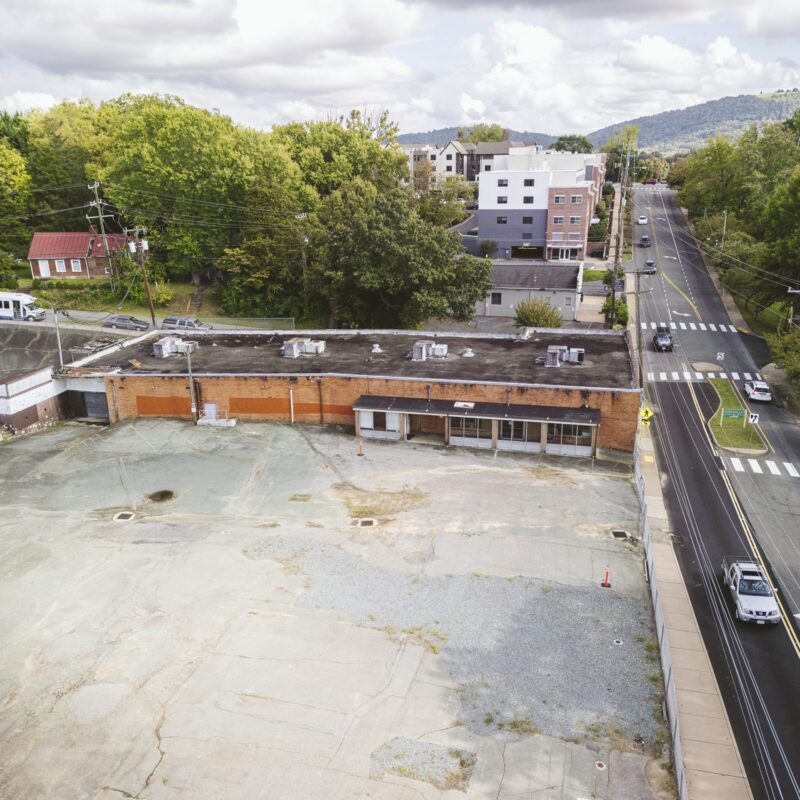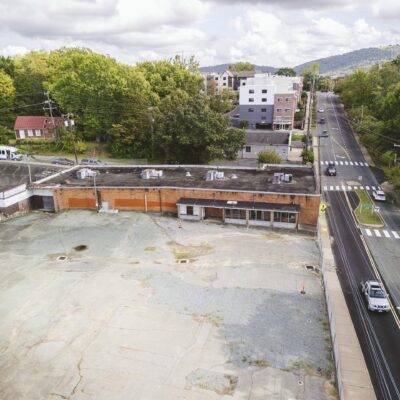Howdy, readers. Here’s a post from Cynthia Adams, LEAP director, making the case for energy efficiency as only a pro can do.
I work in the “energy” industry, which is interesting since the main focus of LEAP, the nonprofit I run, is to create energy through not using it. We seek to create the “negawatt” instead of the “megawatt.” It’s an odd commodity, I know. A gallon of oil or a cord of wood, we get. But a negawatt? What’s that?
Virginia has more demand for power than we can supply in state—in terms of generation, that is. Our power companies purchase power from others who make it, and those electrons travel through the power lines to our homes and businesses. Could be they were made by a turbine in a coal-fired plant in West Virginia, or a gas plant in Ohio, but Virginia imports a significant amount of power. This puts us at risk to rising costs.
Utilities like Dominion Virginia Power are building new power plants to meet increasing demand and to upgrade older, less efficient plants. Because it costs money to create new power through generation, there is value to creating “new” power through removing the need for it. The negawatt can be bought and sold on the grid just like any other electron. At LEAP we stress that the “power plant” we build in the aggregate, through energy improvements, brings with it many other benefits. It saves building owners money, and it employs people in the local community. Another power plant may keep the lights on, but it won’t improve the value of your home, free up operating capital, or help a neighbor make ends meet.
This legislative session I am excited to see and support a bill which helps to remove a regulatory burden from utilities seeking to create energy efficiency programs for residents and businesses. Our State Corporation Commission approves or denies utilities’ requests to fund new programs, build new plants, run new power lines. Some worry about increasing rates if utilities create efficiency programs because the funding for them has to come from somewhere. In the end, we don’t keep rates lower because we do less efficiency—power companies will buy more and build more to make up for the deficit.
Either way, we pay the bill (plant or program). You don’t need to be a professional in the energy field to figure out the power you don’t use is a heck of a lot cheaper than the power you have to make.



